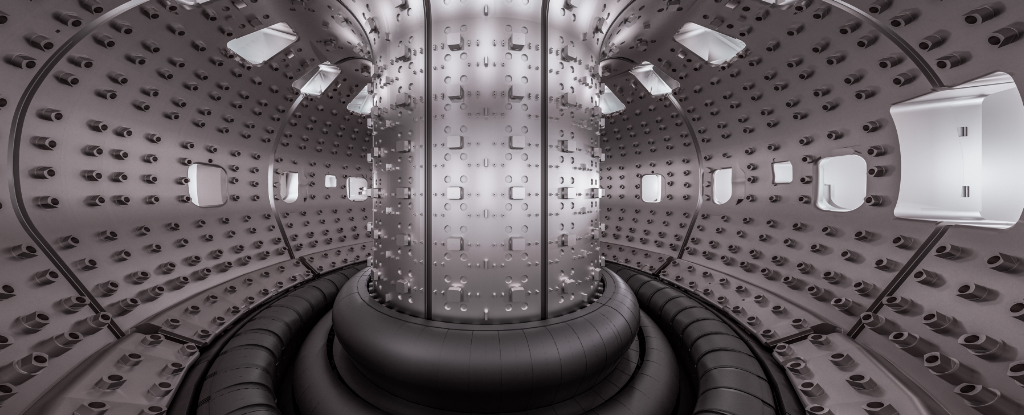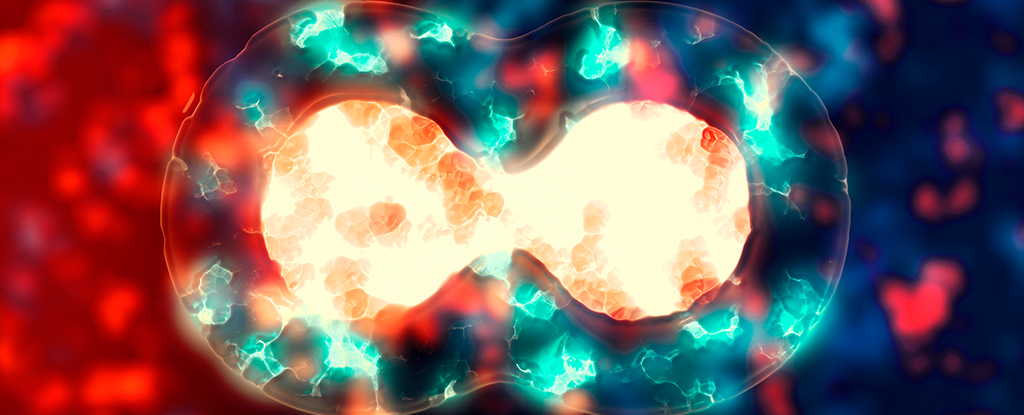There is, perhaps, no animal on this planet as lithe as the simple domestic cat. And not least in their bag of acrobatic tricks is one for which they are well-known: the ability to land, safely, on their velvet paws, when subjected to a tumble.
This is not metaphorical, although cats are certainly eminently capable of escaping all manner of predicaments. It’s literal, too. If you ever see a cat miss a step and plummet, the way it twists its furry body around seems nothing short of uncanny.
Efforts to demystify this feline superpower began in earnest with the invention of chronophotography, giving researchers the ability to take a lot of photographs in a short period of time.
In 1894, French scientist Étienne-Jules Marey published a series of photographs, taken at 12 frames per second, that revealed the process of a cat adroitly twisting as it fell from a supine position to land perfectly.
In the 1950s, humans discovered parabolic flight: the ability to simulate zero-G conditions using specially-designed aircraft plummeting along a precise flight trajectory. And with that came a devilish thought. What would happen to a cat’s ability to land on its feet if they can’t tell the difference between up and down?
So, this is what the bright minds at the US Air Force Aerospace Medical Research Lab decided to find out.
Parabolic flight is not true microgravity, but a brief experience of its effect. Just as a rapid descent in an elevator can make you feel lighter in your loafers, passengers on an aircraft will experience weightlessness while rapidly descending from a high altitude to a lower one. It’s pretty disorienting, earning parabolic flight the nickname ‘vomit comet’ for good reason.
The first experiments were conducted on board a Convair C-131 Samaritan, and yes, there is absolutely video of the proceedings. A similar experiment involved releasing pigeons inside the C-131 during parabolic flight. The humans seem to have had a somewhat cavalier attitude towards having eyes.
frameborder=”0″ allow=”accelerometer; autoplay; clipboard-write; encrypted-media; gyroscope; picture-in-picture; web-share” referrerpolicy=”strict-origin-when-cross-origin” allowfullscreen>
It’s fascinating to watch. The narration for the video says the cats’ “automatic reflex action is almost completely lost under weightlessness”. Almost – but not quite. Although the cats seem disoriented, they are still able to twist and turn their bodies around as they try to figure out where they are going to fall.
That was far from the end of the experiments. A 1957 paper in The Journal of Aviation Medicine documents experimenting with eight kittens in T-33 and F-94 aircraft performing parabolic flights – “not only to satisfy our own curiosity,” wrote Siegfried Gerathewohl and Herbert Stallings of the US Air Force, “but to clarify the role of the otolith organ during weightlessness.”
And there are photographs of a very uncomfortable-looking kitten in the cockpit of a Lockheed F-94C Starfire taken in 1958.
All these kitty-cat shenanigans helped scientists understand cats. In 1969, mechanicians Thomas Kane and MP Scher of Stanford University published an analysis in the International Journal of Solids and Structures that described the motion of a falling cat as two cylinders that twist in relation to each other in order to right themselves quickly while falling.
The research had implications for humans, too. The same two scientists also wrote a 1969 document for NASA that used mathematical models to better understand the motion and orientation of the human body in freefall.
And, in 1968, Kane rustled up a gymnast who, bouncing on a trampoline dressed as an astronaut, tried to mimic the movements of a falling cat. The successful experiment was photographed by Ralph Crane, and those photographs were published in LIFE; and, even now, astronauts are trained to twist their bodies like cats so that they can turn around in microgravity.
Which is just as well. If we had to send cats to do space exploration on Earth’s behalf, who knows what cosmic abominations they would bring proudly home to show us.





